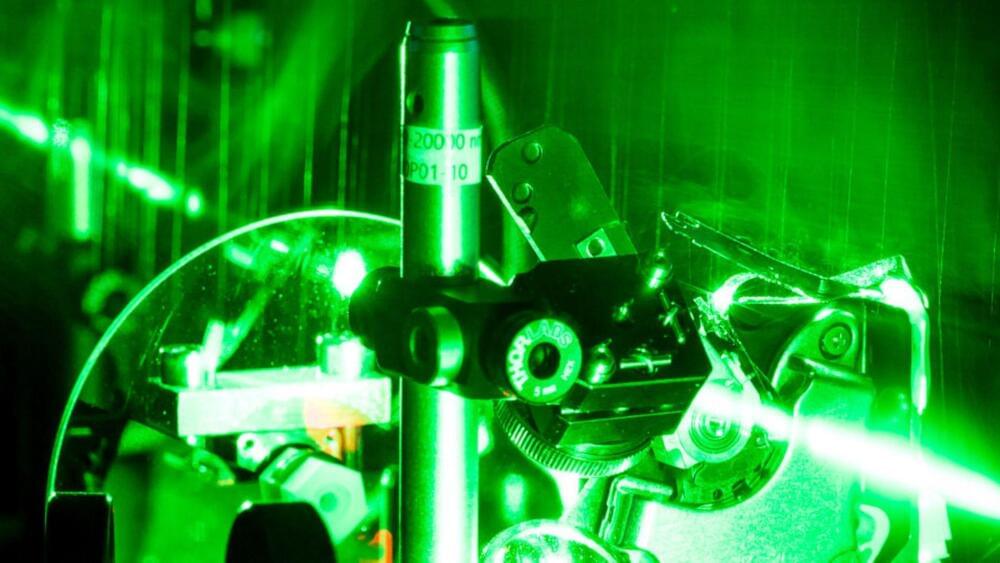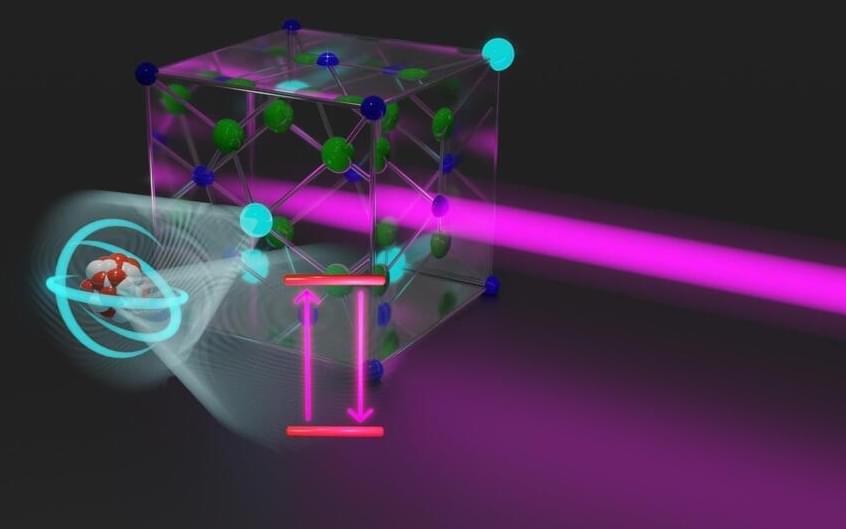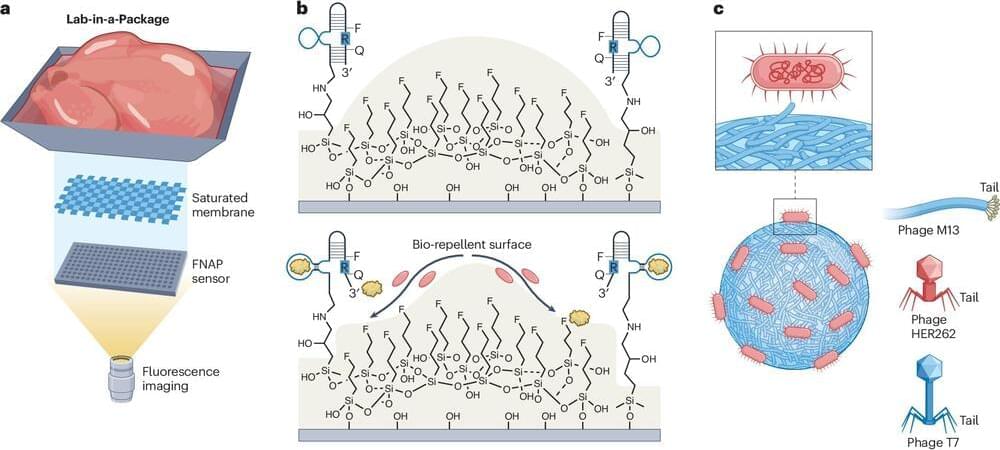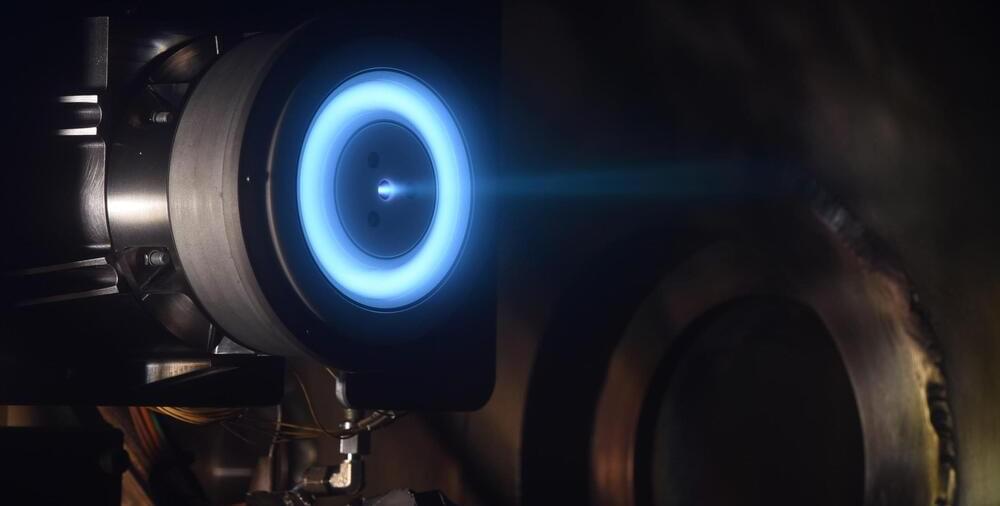Innovation often arises out of serendipitous relationships or discoveries. Can AI do that?



In the nine decades since humans first produced fusion reactions, only a few fusion technologies have demonstrated the ability to make a thermal fusion plasma with electron temperatures hotter than 10 million degrees Celsius, roughly the temperature of the core of the sun. Zap Energy’s unique approach, known as a sheared-flow-stabilized Z pinch, has now joined those rarefied ranks, far exceeding this plasma temperature milestone in a device that is a fraction of the scale of other fusion systems.
A new research paper, published this month in Physical Review Letters, details measurements made on Zap Energy’s Fusion Z-pinch Experiment (FuZE) of 1–3 keV plasma electron temperatures — roughly the equivalent of 11 to 37 million degrees Celsius (20 to 66 million degrees Fahrenheit). Due to the electrons’ ability to rapidly cool a plasma, this feat is a key hurdle for fusion systems and FuZE is the simplest, smallest, and lowest cost device to have achieved it. Zap’s technology offers the potential for a much shorter and more practical path to a commercial product capable of producing abundant, on-demand, carbon-free energy to the globe.
“These are meticulous, unequivocal measurements, yet made on a device of incredibly modest scale by traditional fusion standards,” describes Ben Levitt, VP of R&D at Zap. “We’ve still got a lot of work ahead of us, but our performance to date has advanced to a point that we can now stand shoulder to shoulder with some of the world’s pre-eminent fusion devices, but with great efficiency, and at a fraction of the complexity and cost.”



UK startup is set to develop innovative waterless hydro energy storage system, addressing limitations of traditional hydro power.
Scientists are on the brink of a propulsion breakthrough.

For the first time, lasers have successfully excited the “thorium transition,” a process long pursued by researchers. This breakthrough sets the stage for groundbreaking advancements in high-precision technologies, such as nuclear clocks.
Physicists have eagerly anticipated this breakthrough: scientists globally have spent years searching for a specific state of thorium atomic nuclei that could lead to groundbreaking technological advancements.
It could be used, for example, to build an nuclear clock that could measure time more precisely than the best atomic clocks available today. It could also be used to answer completely new fundamental questions in physics – for example, the question of whether the constants of nature are actually constant or whether they change in space and time.


NASA ’s innovative propulsion technology propels small spacecraft exploration and extends satellite lifetimes, supporting U.S. leadership in space technology.
NASA has developed an advanced propulsion technology to facilitate future planetary exploration missions using small spacecraft. Not only will this technology enable new types of planetary science missions, one of NASA’s commercial partners is already preparing to use it for another purpose—to extend the lifetimes of spacecraft that are already in orbit. Identifying the opportunity for industry to use this new technology not only advances NASA’s goal of technology commercialization, it could potentially create a path for NASA to acquire this important technology from industry for use in future planetary missions.
The New Technology